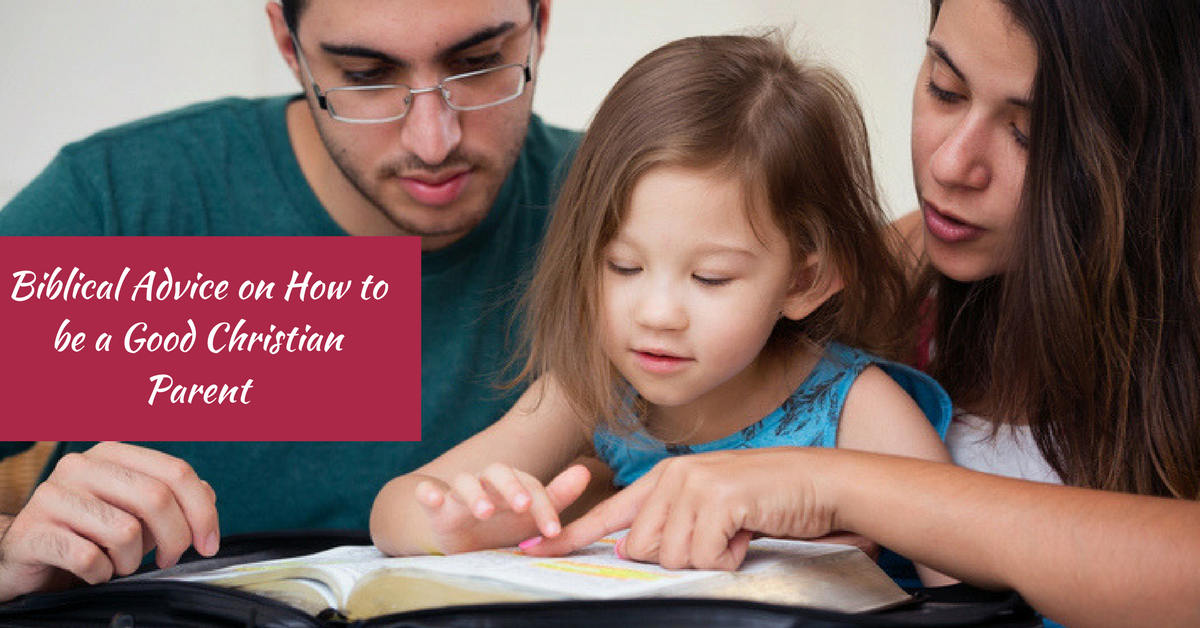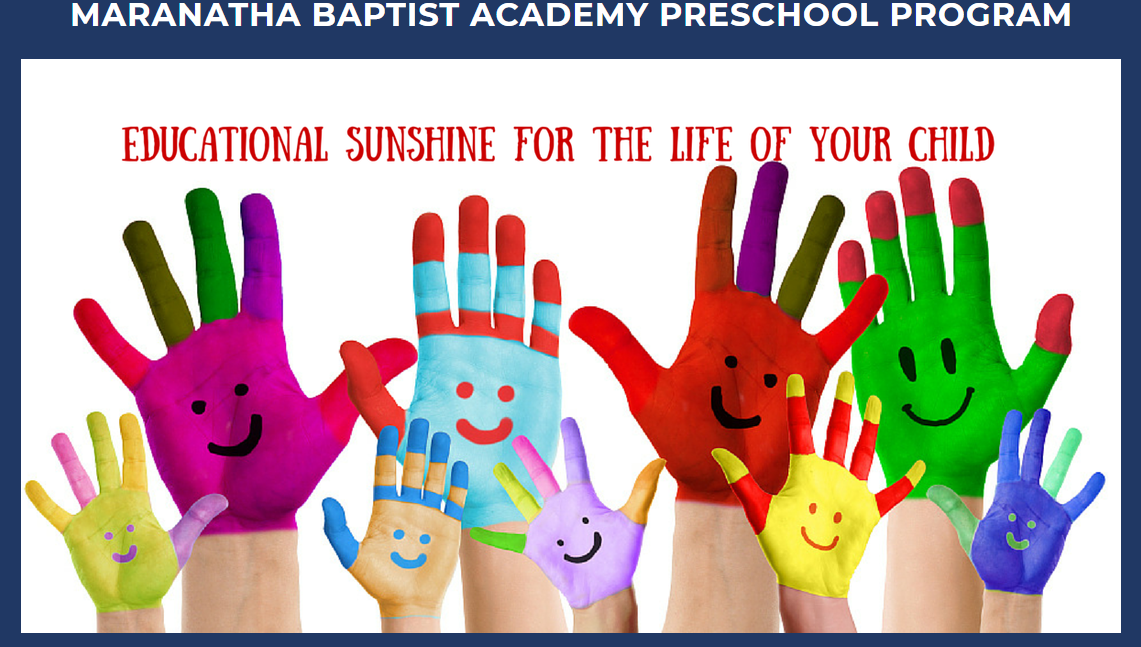|
At Maranatha, we want to teach students who want to learn. We want to help parents develop a thirst for knowledge in their children. We want children to understand more and more about the world God has created and consequently discover how God wants to use them in the world. How can parents develop this thirst for knowledge and learning? Here are some tips we found in this excellent article. We hope you find them helpful. If we can be of help to you or your family, please contact us or schedule a visit to come see our school. By Karen Andreola A pudgy one ’n-a-half-year-old holds his toy telephone to his ear, listening intently to its stop-and-go tune. He presses a button, talks gibberish—impersonating his mother remarkably well. He toddles across the room with his phone to his ear like his mother who tidies the house with a dust cloth in one hand, her telephone in the other. I laughed when I saw it. The toddler is my grandson. Not only is he cute, but he also provides a good illustration. Curiosity and imitation are active in young children. Children are sponges, natural learners, eager learners, nosy and inquisitive. This is what the nineteenth-century Christian British educator, Miss Charlotte Mason, aimed to safeguard in her students. She took advantage of this child-nature by tailoring a method of passing along knowledge that keeps the doors of curious minds open. Here are seven tips I gleaned from Miss Mason for a happy, curious lifetime of learning. Tip #1: Choose individual books for general knowledge. An author with a special interest in his subject will write a book with juicy details—details left out of a typical textbook overview. Such a book has the power to open the doors of a child’s mind in ways no textbook can, because it may be full of facts, the same facts found in a textbook, but the information is presented in literary form, in a more palatable and memorable way. An example of an author who delivers facts through literary genre is Holling Clancey Holling. You can find his books in most public libraries. They have been around since 1926. A student, the average age of 10, will be intrigued by the combination of story, facts, illustration, and extraordinary detail. Paddle-to-the-Sea, Tree in the Trail, Seabird, and Pagoo are four of his titles. Add up the details and it might surprise you how they surpass those of a textbook. A wealth of such books is available on a myriad of topics. Freely and confidently use them as legitimate schoolbooks. Tip #2: Take advantage of the talking recourse. When a child enters a first-grade classroom, he is trained to sit still and be silent for long stretches of time. In the homeschool, he has more opportunity to chatter. Like tapping a sugar maple for its sap, Charlotte Mason took advantage of this talking recourse. She replaced the classroom lecture with reading aloud. The authors of well-written, carefully worded books were the teachers. She believed in a child’s ability to narrate (to tell back in his own words what is read to him) to be an amazing gift that every normal child is born with—and the best way to gain knowledge from books. To spark a narration, use a short but meaningful passage such as an Aesop fable, for example. To get the quiet child to say more, simply ask, “What else?” Over time, the skill and power of narrating will carry over beautifully to the student’s writing ability. Multiple-choice, fill-in-the-blank, and true-and-false tests do not facilitate writing. In the homeschool, we can replace these classroom conveniences and the teacher’s lecture with the intelligent chatter of narration from books. Tip #3: Do some science in the fresh outdoors. Lessons are only as long as they need to be in the homeschool. When one lesson is completed, the next is begun. With a student’s full attention, a string of lessons can be accomplished in nearly half the time of a conventional school schedule—and with no after-hours homework. Time is available for getting outdoors. Once a week, my children and I would take a nature walk for firsthand observation. We’d record a nature find with a sketch of it, be it insect, wildflower, bird, etc., and keep a field guide handy to identify it. The find might be as common as a dandelion, ant, pinecone, or robin. “Look, Ma, a butterfly landed on my sweater.” Nature poems abound. The time taken to choose a relevant nature poem to be copied into a Nature Diary is time well spent for English. Tip #4: Cultivate an appreciation for art and music. I home-educated my three children through high school. These now-adult children meet with friends who were not home-educated and are sometimes struck with how words call to mind different associations. In conversation, the name Leonardo was brought up in reference to a painting on a Christmas card. A friend blurted out, “Oh, I didn’t know Leonardo could paint.” She was referring to an American actor. My children thought this was funny. The sad part is that the friend knew nothing whatsoever about the Italian Renaissance artist, Leonardo Da Vinci. A simple way to become familiar with some of the world’s greatest works of art is to open the pages of an art print book. Art appreciation provides children a storehouse of beautiful or thought-provoking images. Charlotte Mason recommends we display six pictures of one artist’s works throughout a semester. Let the children look and look and then describe what they see. No fancy or expensive curriculum is needed. Music appreciation is just as simple. Pop in a CD of greatest hits of Bach, Vivaldi, Scott Joplin, or Gershwin. Play a composer’s music while you wash dishes, travel in the car, draw, or give the little ones a bath. Classical pieces and folk tunes are part of our cultural heritage. Art and music appreciation will inoculate your students against grotesque noise and images they are sure to stumble upon in their lifetime. Tip #5: Read history that has muscle. In the homeschool, we are free to look for heroes in history. History has much to teach us about the choices of mankind and the consequences that result. The sacrifices made, the human struggle for discovery, the perseverance of invention, etc. give us hope that there are people who care to make a contribution to the world, care about future generations. Who are these people? What did they believe? To keep history from being dull or flabby, its pages need to be inspiring. History with the muscle of right versus wrong will help children develop their own willpower to do what is right, to choose to follow God and to do it with all their might. We can highlight our history curriculum with “hero admiration.” The Bible, biography, and historical fiction can supply inspiring heroes whose virtues children may choose to emulate. “Character is king,” said Ronald Reagan. It was a priority with Charlotte Mason as well. Tip #6: Instill good habits of quiet discipline. The homeschool is an ideal place for instilling “habits of the good life.” Charlotte Mason tells us we can instill one habit in children at a time, keeping watch over those already formed. It is remarkable what routine and good manners will do for the atmosphere of the home. Saying “thank you” and “please,” sharing, taking turns, and waiting patiently can all become habit. Speaking the truth in love, using determination, counting our blessings, and remembering others in prayer are virtuous actions that do not need strenuous moral effort once they have become habit. A mother strives to be consistent. She knows a habit needs her watchful eye until it is formed. The greatest care will be at the onset. But once formed, the quiet discipline it brings is worth all the effort. Tip #7: Keep growing, Mom. To keep from feeling weary or overwhelmed, the home teacher can take part in what I call “Mother Culture.”® Homeschooling is a parent’s responsibility and noble pursuit, but children need to see that there is life outside of homeschooling. To dabble in an interest brings refreshment to a mother’s soul. How about rummaging in your closet for the red wool you purchased three years ago to knit that hat? Let the children see that Mom can take her own nature walk, sew a curtain, memorize a Psalm for Thanksgiving Day, go on a “field trip” with Dad, or enjoy any number of recreations of her choice that demonstrate to her children that life does not so completely revolve around them. Delicately pour into your cup diversions of the enriching kind—small portions yet regular servings. Keep growing into the person God is creating you to be. Your cup will overflow into the family circle. Karen Andreola is known by home educators by her groundbreaking book A Charlotte Mason Companion. Karen taught her three children through high school; studying with them all the many wonderful things her own education was missing. The entire Andreola family writes product reviews for Rainbow Resource Center. For encouraging ideas, visit her blog: momentswithmotherculture.blogspot.com. This article was originally published in The Old Schoolhouse Magazine. Reprinted with permission. Volume 7 Issue 2 - The Renewanation Review This article originally appeared in The Renewanation Review® magazine. All Rights Reserved. Reprinted here by permission of Renewanation. For more information regarding Renewanation, visit renewanation.org. Learn more about our School and Read other Articles...
1 Comment
Most Christian parents have probably read books on Christian parenting, participated in a Sunday school class on biblical parenting, and have most likely spent a great deal of time in prayer for their children. Most Christian parents want to raise their kids “right” and they take steps to give their children opportunities to learn about God and be in fellowship with other believers. But how far should it go? A thorough examination of what God says about children (those who are of the age to be under their parents’ care and the maturity to need close guidance) reveals that God thinks much of children and has a plan for them, even while they are young. Four major themes can summarize this plan: God plans for children to 1) be brought to Jesus, 2) be protected, 3) be trained to be disciplined and responsible, and 4) be immersed in truth. There are many other ways this could be expressed, but consider these things carefully when you make decisions about your children’s education, environment, and influences. God’s Plan is for Children to Be Brought to Jesus One of the most familiar passages in Scripture concerning children is found in Mark 10:13–16. People were bringing children to Jesus so that He could touch them, but the disciples, in keeping with the culture, felt that children were not important enough for Jesus’ time and were trying to send them away. However, Mark recounts, “But when Jesus saw it, he was indignant and said to them, ‘Let the children come to me; do not hinder them, for to such belongs the kingdom of God’. . . . And he took them in his arms and blessed them, laying his hands on them.” Jesus wanted the children to be brought to Him and He wanted to bless them. That blessing came because they were led to Him. It is our responsibility as parents to see that our children are led to Jesus, whether we are holding their hands, or we put them into someone else’s hands. God’s Plan is for Children to Be Trained to Be Responsible and Disciplined Parents are warned that “folly is bound up in the heart of a child” (Proverbs 22:15) and are instructed to train them and discipline them (Proverbs 22:6; Ephesians 6:4). Children are commanded to obey their parents and listen to instruction (Proverbs 1:8; Ephesians 6:1-3). Studies have shown that the human brain does not fully develop until the mid-twenties (http://newsinhealth.nih.gov/2005/September2005/docs/01features_02.htm). Although there is a wide range of how much self-control and maturity is displayed by children and teens of all ages, it is a scientific fact that the brain is still growing and developing much longer than was thought prior to the twenty-first century. During this time, children need significant guidance and constant reinforcement. The end goal of all of this training is that we raise children who become adults who live for God’s glory and understand His ways—like Timothy, whom Paul instructed, “Let no one despise you for your youth, but set the believers an example in speech, in conduct, in love, in faith, in purity” (1 Timothy 4:12). It is important to note that Timothy was already an adult, old enough to be the pastor of a church; albeit a young pastor, he was not a child. Paul later reveals how Timothy had gained that wisdom: through the instruction of Scripture since his infancy (2 Timothy 3:14–15). God’s Plan is for Children to Be Protected One of the most poignant things Jesus said about children was when He called a child to him and told His followers that they should come to Him with the faith and humility of a child, then said, “but whoever causes one of these little ones who believe in me to sin, it would be better for him to have a great millstone fastened around his neck and to be drowned in the depth of the sea.” With so many clear admonishments in Scripture to avoid the influence of bad company (1 Corinthians 15:33, Proverbs 13:20; 22:24–25) and make no provision for the flesh (Romans 13:14) and the impetus of guiding and training children on the parents, there is a great responsibility given that must be seriously taken. When my firstborn was an infant, my doctor asked if she was sleeping on her stomach. I told him that she was, and that she didn’t sleep very well on her back. When he related to me the higher risk of SIDS (Sudden Infant Death Syndrome) in stomach-sleeping infants, I immediately began to train her to sleep on her back. I didn’t care if there were millions of babies who slept on their stomachs and that the risk was small. I had been given the knowledge, and with that knowledge came a responsibility. It was my responsibility to protect my baby, regardless of what she found most comfortable (and the discomfort I faced with a fussy baby). The same responsibility applies in how we protect our children from the risks we are warned of from God’s own spoken Word. God’s Plan is for Children to Be Immersed in Truth To be immersed in something means you are completely submerged in it or surrounded by it. It touches and affects everything you do, eat, breathe, touch, and think. This term is often used when describing a language-acquisition method. For instance, someone who wants to learn French and goes to live in France and is surrounded by French-speaking people will have much more success than those who take a French class a few hours a week and are otherwise surrounded by people who speak English. This idea of immersing children in the acquisition of God’s laws, His ways, and His character is introduced in Deuteronomy 6:5–7: “Hear, O Israel: The Lord our God, the Lord is one. You shall love the Lord your God with all your heart and with all your soul and with all your might. And these words that I command you today shall be on your heart. You shall teach them diligently to your children, and shall talk of them when you sit in your house, and when you walk by the way, and when you lie down, and when you rise.” Every directive concerning children is that they be in some way led, instructed, guided, disciplined, or protected. There are no directives concerning children, specifically, which have to do with evangelizing, teaching, or even being a light or an example. That is not to say that we shouldn’t be teaching children to do these things. These are exactly the things we should be teaching and modeling for them, and even allowing them to practice under supervision and protection, so that when they are adults, they can carry on the mission that they have learned since childhood. So, What is God’s Plan for Education? As with many things in life, there is no specific command or illustration in Scripture concerning school. Just as one can state that the Bible is not a science textbook, but it has sufficient material to draw conclusions about science, one can also state that the Bible may not be an education textbook, but there is sufficient evidence to draw conclusions about education. The logical conclusion is that God intended children to be immersed in learning about Him in an environment where they are protected and warned against that which opposes Him. In Bible times, this would have been in the home, the synagogue, or in an apprenticeship with another family that observed the same religious beliefs. In modern days, we have to look at our culture which requires a level of education that goes beyond knowing how to cook, garden, and sew (for girls), or how to apply one specific trade (for boys). God has placed us in this era and we can still apply His instruction to our current culture. In a Christian school, children have access to the level of education required to function in society and be trained to redeem that culture by being successful adults in a wide variety of trades or occupations. Parents have the power to choose a Christian school where their children will be led to Jesus by teachers who know and love Him. They can examine the textbooks and sit in on classes to ensure that their children are being immersed in truth through every subject and every learning opportunity. Parents can observe and will often find that children in Christian schools have much higher expectations to be responsible and self-disciplined as they are discipled and their hearts are drawn to Jesus. And finally, parents have the power to choose a Christian school where their children will be under the protection of Christian teachers who carry on the mission to teach and encourage students to obey God’s Word and make no provision for the flesh. Will there be bad influences? Will there be opportunities to sin? Yes, without a doubt. The beauty of this educational choice is that when you are not there to guide them through the temptations and influences, your (biblical) message is being reinforced, not rejected or ridiculed. In a good Christian school, the role of the parent as the primary authority in the child’s life is in its rightful place. Children need one message, not competing messages. Give your child the best opportunity to grow to be like Timothy, who was “wise for salvation through faith in Christ Jesus.” A Glimpse of How we Teach American HistoryThis is from our Thanksgiving article back in November, but it is a good example of how we teach history with a Biblical worldview and without removing the religious aspects of our American history. If you are concerned about how your child will be taught about history at our school, we think you'll enjoy this article.
|
Author and EditorsFaculty or Staff Members of Maranatha Baptist Academy Archives
April 2024
Categories |
|
Maranatha Baptist Academy
TELEPHONE NUMBER
(573) 336-5972 PHYSICAL ADDRESS 200 Acorn Dr Saint Robert, MO 65584 |
MARANATHA BAPTIST ACADEMY
A MINISTRY OF MARANATHA BAPTIST CHURCH Learn More About our Church Here. Visit our Church Facebook Page Here Quick School Links: Prospective Parents Academics The Academy's Journal Parent's Peace Digest Student Life Calendar and Events Non-Discrimination Policy |
© Maranatha Baptist Academy - All Rights Reserved
Proudly Powered by Purpose Launch Advancement LLC











 RSS Feed
RSS Feed





